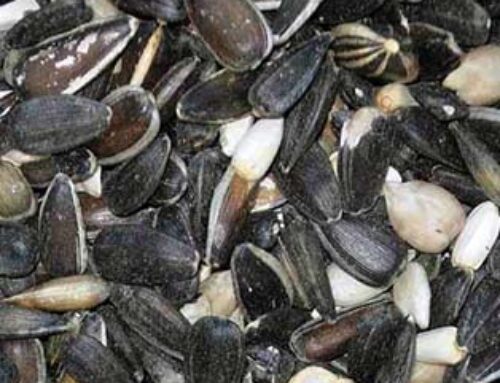Just as summer begins to wind down in terms of bird song and activity, we are treated to the annual Ruby-throated Hummingbird extravaganza. It really has become a favorite time of year for us. Each spring (around Mother’s Day) we hang up two or three hummingbird feeders and for the next two or three months they are visited regularly by 2 to 4 of these miniscule birds (they weigh less than an ounce). If our feeders should turn up empty because we’ve been gone too many days, the hummingbirds find other sources of food. It may be flowers or it may be the feeders hanging at our neighbor’s houses. Thankfully, they don’t hold a grudge and as soon as we refill our feeders they’re back.
Now, in mid-August the number of hummers has grown. Part of this is due to the success of the adults in hatching and raising young, but the other factor is the arrival of migrating males. Since they don’t play any part in the nurturing or feeding of the young, they are ready to head south before the females.
Summer is on the wane, as much as we may wish it weren’t. For these tiny flyers the change in the amount of daylight as well as the gradual decline of their food supply (nectar producing flowers) are the signals that it is time to slowly make their way south, stopping at these sweet oasis’s that pop up in urban, suburban and rural homes.
My brother and his wife visited us last summer about this time and she was completely smitten by the hummingbirds. They live in southeastern Iowa, in a small town and had never seen them so close and in such numbers. When they got home, she immediately bought a couple feeders and hung them up near the windows. Her timing was just right, because soon after the hummingbirds were coming to feed. She was mesmerized and according to my brother would spend hours by the window watching them. She is not able to go out walking in nature much because of a stroke some years ago, so this was as good as or better than anything the Discovery Channel. This spring she was anxious to get the feeders up again, but was deeply disappointed when no hummingbirds showed up. I have told them to put the feeders up now, because I believe they are in the migratory path for these little beauties. I hope so anyway. A new bird watcher has been born.
No matter where you live, even if you didn’t have hummingbirds during the summer months, it’s worth putting one up now while there are more of them in the area. By mid-September it will be rare to see one her in northern Minnesota.
Their antics are endlessly entertaining. We really can’t say that about any other bird species. Their little wings are a blur of motion, beating 53 times a second! This allows them to fly forward, but also up, down, sideways, backwards and in place. They are also able to vary the speed of these maneuvers, sometimes streaking by and other times just slowly advancing in a nearly vertical position. Anyone who has ever dreamed of flying surely must hold the hummingbird in the highest place of honor.
Most of the summer the hummers are foraging and using up the glycogen reserves in their flight muscles and liver. Those reserves are only enough for five minutes, so in order to not deplete their critical fat reserves they must continually resupply their body with the nectar (or sugar water). These fat reserves are critical to their successful migration. Some have been found to add up to 50% of their body weight. All good reasons to keep your hummingbird feeders full. It is a small investment to make for so much beauty and non-stop action.
By Kate Crowley

